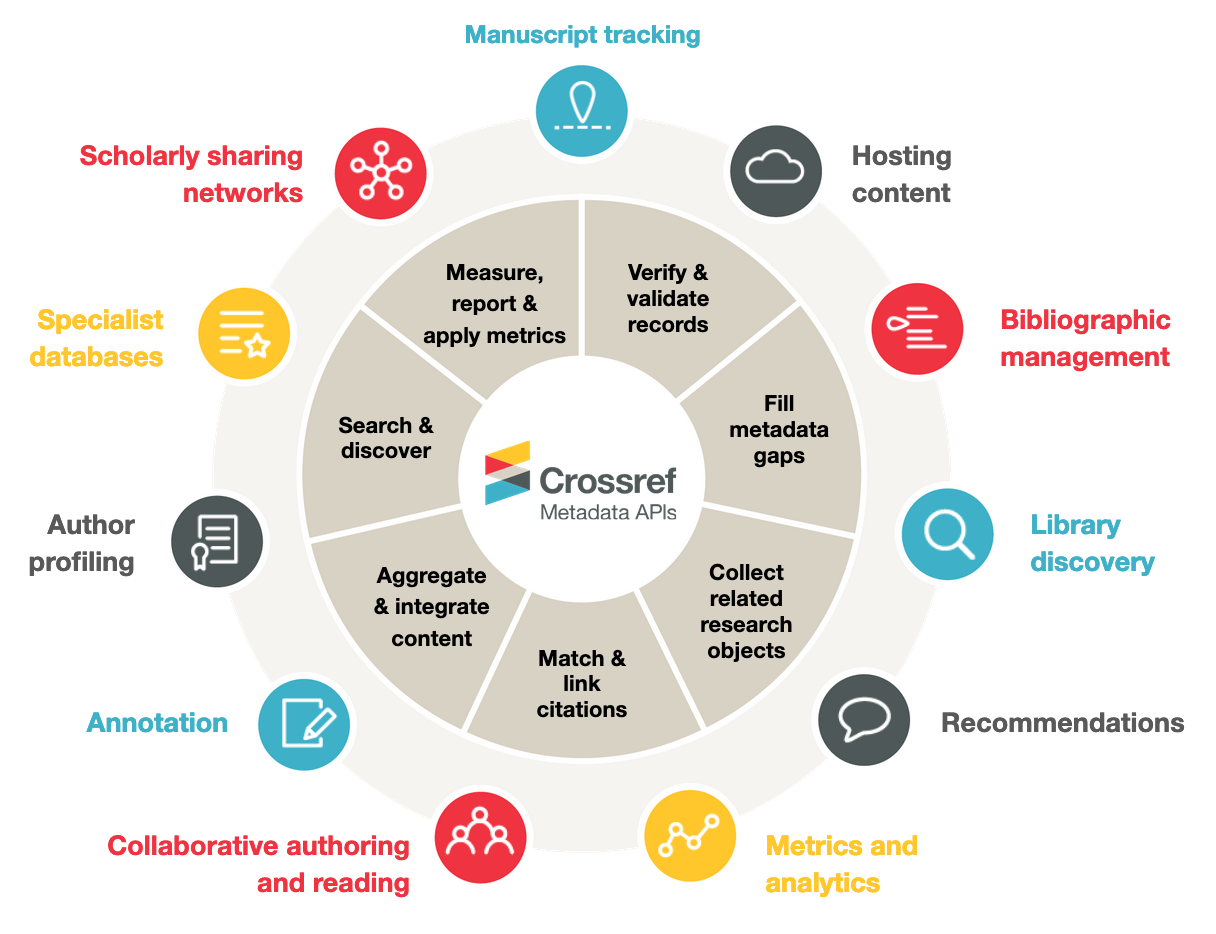Microbial co-infections in pediatric patients hospitalized with severe community-acquired pneumonia in Cochabamba, Bolivia
DOI:
https://doi.org/10.47993/gmb.v48i1.967Keywords:
lymphangioma, malformation, congenital, benign, dilatation, lymphatic vesselsAbstract
Respiratory infections are a significant cause of mortality in children under five years of age. In many cases, these correspond to severe pneumonia and can be caused by more than one microbial agent. Objectives: To analyze the behavior of microbial coinfections that occur in pediatric patients hospitalized for severe pneumonia in a national reference pediatric hospital. Methods: 48 patients under 5 years of age hospitalized between April and August 2023 with a diagnosis of severe pneumonia were included. Bacterial and viral respiratory pathogens were detected by multiple real-time PCR. The epidemiological information in the medical records was reviewed. Results: 87.5% presented a positive result for the molecular detection of any of the pathogens under study, the most frequently detected pathogens were respiratory syncytial virus, Haemophilus influenzae and Streptococcus pneumoniae, in 52% there was simultaneous detection of the agent viral and bacterial, presenting more complications in this group. Conclusions: Severe community-acquired pneumonias are mainly associated with viral infections or coinfections.
Keywords: Pneumonia, coinfection; PCR
Metrics
References
Moreno L, Fernando F. Recomendaciones para el manejo de las infecciones respiratorias agudas bajas en menores de 2 años. Actualización 2021. Arch Argent Pediatr [Internet]. 2021;119(4):171–97. Available from: http://repositorio.undac.edu.pe/bitstream/undac/1042/1/T026_74501539_T.pdf DOI: https://doi.org/10.5546/aap.2021.s171
Silva L, Callejas D, Silva C, Silva G. Epidemiological Profile of Acute Respiratory Infections in Pediatric Patients in Ecuador. Enferm Investig [Internet]. 2022;7(2):1–6. Available from: https://orcid.org/0000-0002-2746-3115
Organización Mundial de la Salud. Prevención y control de las infecciones respiratorias agudas con tendencia epidémica y pandémica durante la atención sanitaria. [Internet]. 2014. Available from: https://www3.paho.org/hq/index.php?option=com_topics&view=rdmore&cid=5601&Itemid=40930&lang=es
Mendoza M del CAGSV. Enfermedades respiratorias agudas en niños [Internet]. 2022. 25 p. Available from: www.nietoeditores.com.mx
Pujadas M, Alonso E, Correa M, Viera M, Varela A, Mota MI, et al. El problema de las bacterias multidrogorresistentes en pediatría : vigilancia en un hospital de referencia . Período 2016-2023. 2024;95:7–9.
Torrico N, Copana R, Torrico M, Calderón M, Vargas R. Epidemiologia molecular del SARS CoV-2, VSR y FLU en niños hospitalizados con infección respiratoria aguda grave. Gac Medica Boliv. 2022;45(2):153–9. DOI: https://doi.org/10.47993/gmb.v45i2.425
Yan-Ning Liu, Yun-Fa Zhang , Qiang Xu , Yan Qiu , Qing-Bin Lu , Tao Wang , Xiao-Ai Zhang , Sheng-Hong Lin , Chen-Long Lv , Bao-Gui Jiang , Hao Li, Zhong-Jie Li , George F Gao , Wei-Zhong Yang, Simon I Hay, Li-Ping Wang, Li-Qun Fang WL. Infection and co-infection patterns of community-acquired pneumonia in patients of different ages in China from 2009 to 2020: a national surveillance study. Lancet Microbe [Internet]. 2023;4(5). Available from: https://pubmed.ncbi.nlm.nih.gov/37001538/ DOI: https://doi.org/10.1016/S2666-5247(23)00031-9
Alvis-Zakzuk NJ, Castañeda-Orjuela C, Díaz-Jiménez D, Castillo-Rodríguez L, Cotes KP, Chaparro P, et al. Inequalities on mortality due to acute respiratory infection in children: A Colombian analysis. Biomedica. 2018;38(4):586–93. DOI: https://doi.org/10.7705/biomedica.v38i4.4062
Zhu G, Xu D, Zhang Y, Wang T, Zhang L, Gu W, et al. Epidemiological characteristics of four common respiratory viral infections in children. Virol J [Internet]. 2021;18(1):1–5. Available from: https://doi.org/10.1186/s12985-020-01475-y DOI: https://doi.org/10.1186/s12985-020-01475-y
Fong-ponce BG. NAC en niños y adolescentes : Pruebas científicas para las políticas de gestión Transferencia en la práctica. Kompass Neumol. 2022;4:95–7. DOI: https://doi.org/10.1159/000525290
Bakaletz LO. Viral–bacterial co-infections in the respiratory tract Lauren. Curr Opin Microbiol [Internet]. 2017;35(January):30–5. Available from: chrome-extension://efaidnbmnnnibpcajpcglclefindmkaj/https://pmc.ncbi.nlm.nih.gov/articles/PMC7108227/pdf/main.pdf DOI: https://doi.org/10.1016/j.mib.2016.11.003
Roca C, Asturizaga A, Villca N, Cabrera R, Copana-Olmos R, Aguilera-Avendano V, et al. Relationship between sociodemographic, clinical, and laboratory characteristics and severity of COVID-19 in pediatric patients. PLoS One [Internet]. 2024;19(5 May):1–13. Available from: http://dx.doi.org/10.1371/journal.pone.0283037 DOI: https://doi.org/10.1371/journal.pone.0283037
Ruiz-González A, Utrillo L, Bielsa S, Falguera M, Porcel JM. The Diagnostic Value of Serum C-Reactive Protein for Identifying Pneumonia in Hospitalized Patients with Acute Respiratory Symptoms. J Biomarkers. 2016;2016(1):1–5. DOI: https://doi.org/10.1155/2016/2198745
Pascual Gómez JL, Palanca Giménez M, Bermudo Guitarte F, Valle Jiménez M, Gascón Luna F. Utilidad de dos marcadores biológicos de infección bacteriana en niños menores de 2 años. Rev del Lab Clínico. 2009;2(1):30–3. DOI: https://doi.org/10.1016/j.labcli.2008.10.001
Downloads
Published
How to Cite
Issue
Section
License
Copyright (c) 2025 Gaceta Médica Boliviana

This work is licensed under a Creative Commons Attribution-NonCommercial 4.0 International License.
Accepted 2025-01-09
Published 2025-03-18





























